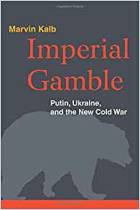
Read or listen offline
自动生成的音频
1×
自动生成的音频
Recommendation
The world is waiting to see whether India’s surprise move in late 2016 to “demonetize” its economy will unleash the country’s latent output, productivity and prosperity. Journalist Pramit Pal Chaudhuri provides a succinct analysis of the experiment’s ripple effects on India’s huge informal sector and how they might boost Prime Minister Narendra Modi’s chances of a second term. getAbstract suggests this information-packed report to financial policy makers, business executives and investors watching the Indian economy.
Take-Aways
About the Author
Pramit Pal Chaudhuri is the foreign editor of the Hindustan Times, an Indian newspaper.
Learners who read this summary also read
Article
Book
Book
Book
Book

















Comment on this summary or 开始讨论